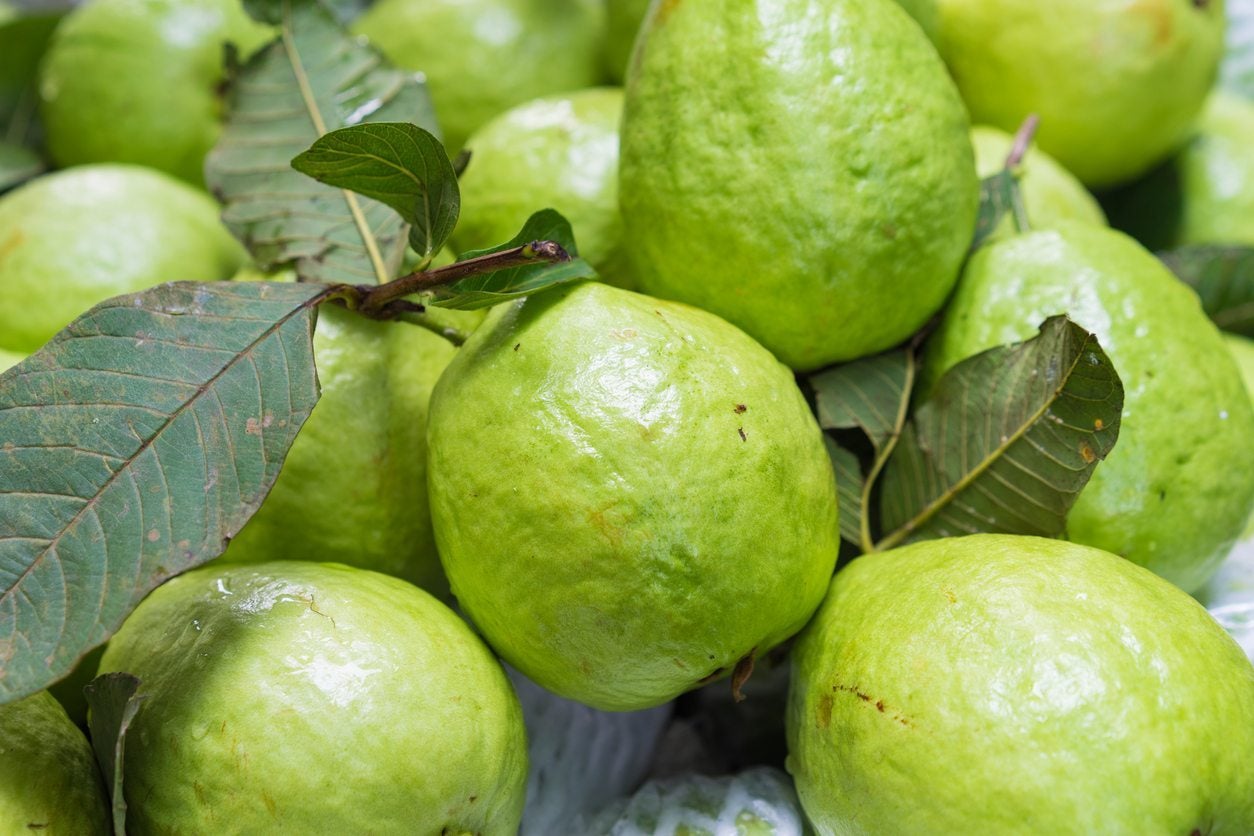Should I Thin My Guavas – Learn How To Thin Guava Fruit


Guavas are amazing, very distinctive fruits that have a truly tropical flavor. Some gardeners are lucky enough to have a guava tree or two in their backyard. If you’re one of those lucky ones, then you’re probably wondering how to get the most out of your guava crop. One popular method is thinning. Keep reading to learn more about guava thinning and how to thin guava fruit.
What is Guava Thinning?
Guava thinning is the strategic removal of some fruits before they reach maturity. This practice allows the tree to expend the same amount of energy on developing fewer fruits, which results in them growing much larger. It also gives them more space to grow, improving air circulation and cutting down on disease and pests.
Do Guavas Need to be Thinned?
Should I thin my guavas? Guava thinning isn’t strictly necessary. After all, guava trees in the wild aren’t thinned, and they do just fine. Guava trees in the wild aren’t trying to produce fruit that’s appealing to humans. Most people would agree that it’s a lot more satisfying to have a smaller number of big, attractive fruits than a larger number of small fruits. It’s also just a little less overwhelming. The overall verdict is that, yes, guava trees really do benefit from fruit thinning.
How to Thin Guava Fruit
Thinning guava fruit isn’t hard. It’s important to thin the fruit, and not the flowers, as you never know which flowers are going to be pollinated successfully. Once the fruit has set, remove some of them by hand. How do you know how many to remove? The best measurement is to thin the fruits so that when they reach maturity, no two fruits will be touching each other. Guava trees are famously productive, so this might take some work. If you keep at it, though, you should be rewarded with a crop of big, exceptional guavas this year.
Gardening tips, videos, info and more delivered right to your inbox!
Sign up for the Gardening Know How newsletter today and receive a free copy of our e-book "How to Grow Delicious Tomatoes".

The only child of a horticulturist and an English teacher, Liz Baessler was destined to become a gardening editor. She has been with Gardening Know how since 2015, and a Senior Editor since 2020. She holds a BA in English from Brandeis University and an MA in English from the University of Geneva, Switzerland. After years of gardening in containers and community garden plots, she finally has a backyard of her own, which she is systematically filling with vegetables and flowers.
-
 Zinnias On Repeat: 10 Glorious Cut-And-Come-Again Varieties For Endless Summer Bouquets
Zinnias On Repeat: 10 Glorious Cut-And-Come-Again Varieties For Endless Summer BouquetsThese zinnia varieties keep giving all summer, making them the perfect choice for dedicated cutting gardens – or just the occasional homegrown bouquet.
By Ellen Wells
-
 Create A Romantic Garden Straight Out Of Bridgerton: Regency Era Romance In Your Garden
Create A Romantic Garden Straight Out Of Bridgerton: Regency Era Romance In Your GardenTry some romantic garden ideas straight out of Bridgerton. Flowers and gardens in the Regency era were lush and charming and you can get the same look!
By Bonnie L. Grant